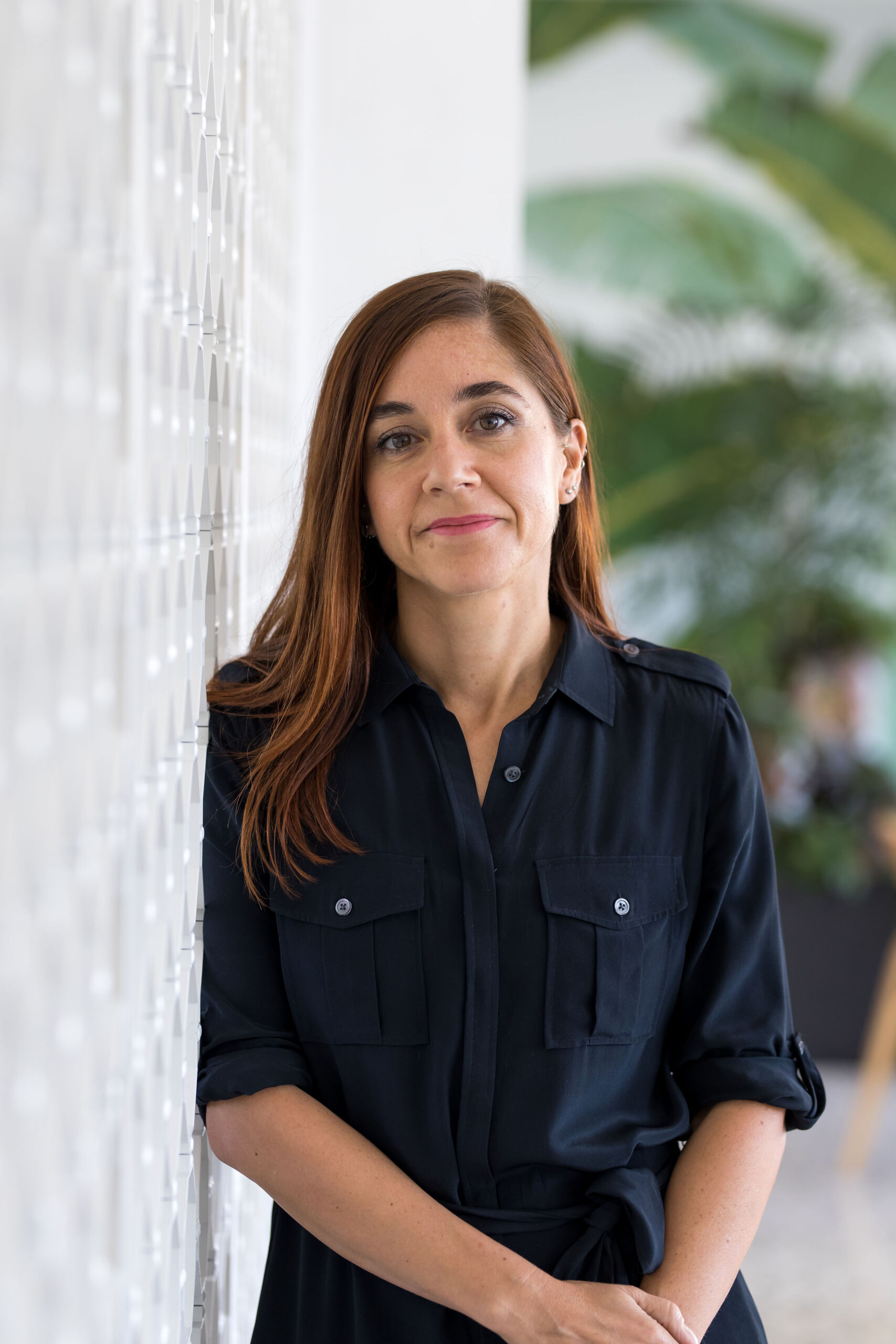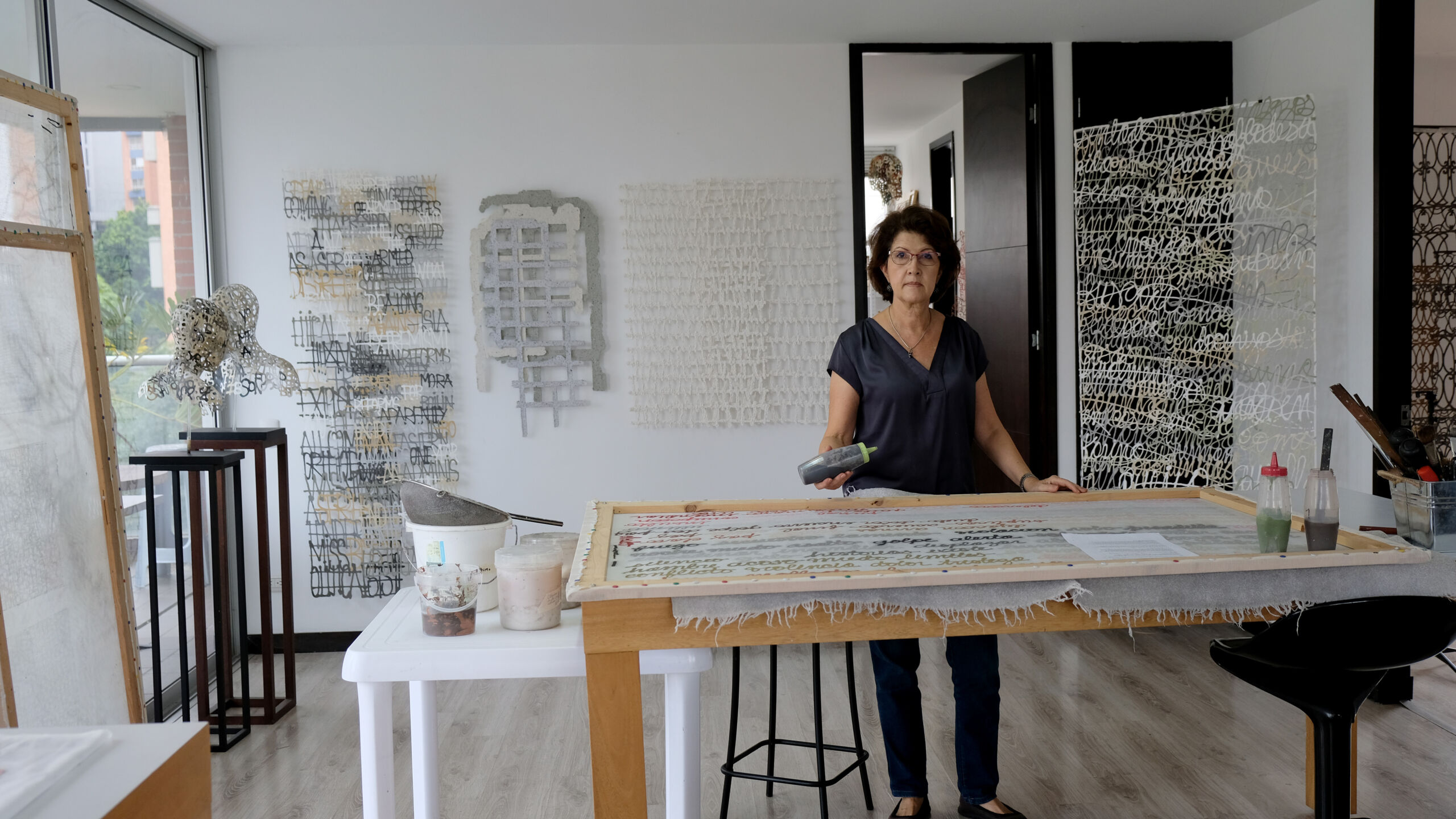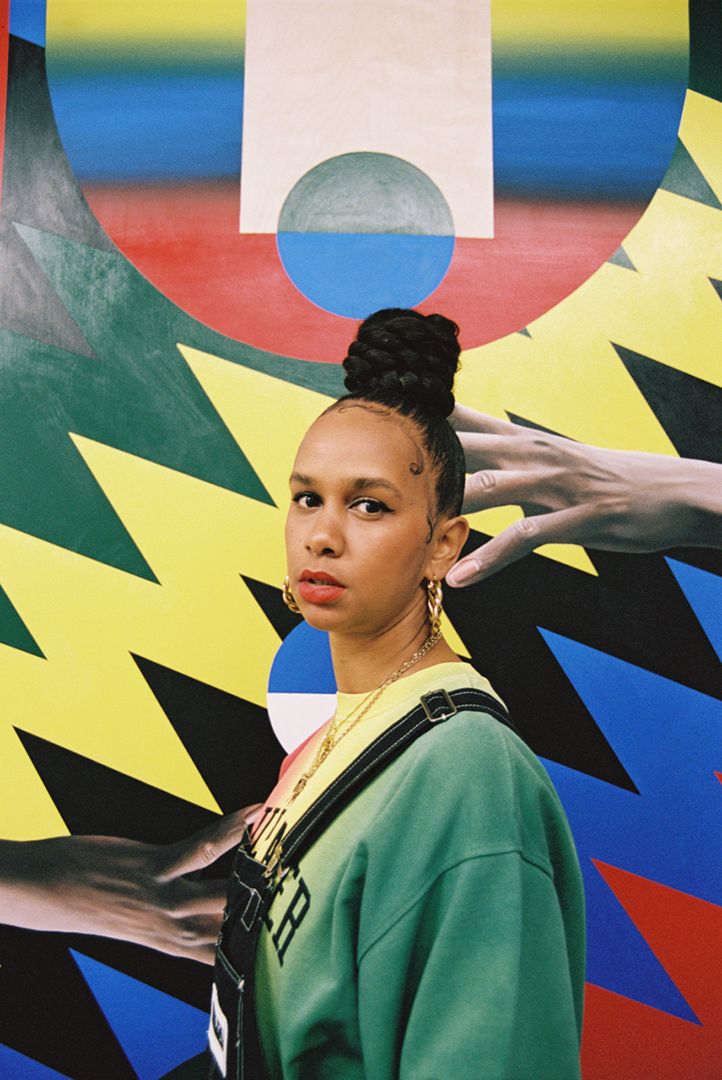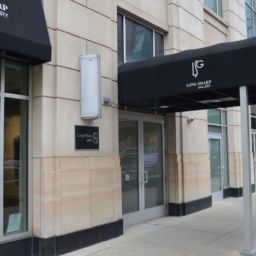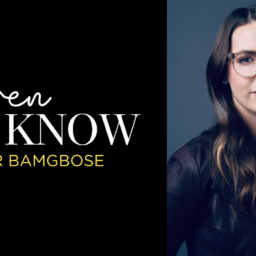
Who: Seven amazing artists
What: An exhibit transforming written and spoken stories into awe-inspiring works of art
When: Opening August 4th (You should be there)
Where: Long-Sharp Gallery, 1 N. Illinois Street, Suite A, Indianapolis IN 46204
Why: Because their stories need to be heard
Seven women artists from across the globe are setting the walls of Long-Sharp Gallery ablaze this season. We got to know a bit about each artist in advance of their exhibition, I Was Here: Stories [Un]Told, opening on August 4th.
Nicola Anthony (British, b. 1984)
“I aim to give voice to important and often unspoken stories, revealing the inner worlds of people from different walks of life, exploring the human condition and the threads of commonalities between us all.”
Nicola Anthony’s sculptures tell stories across generations and across cultures. Her dossier, The Human Archive Project, houses interviews from across the globe, proffering insight into themes like displacement, togetherness and unexpected happiness. She translates these stories into sculptures large and small, usually in metal – as comfortable exploring scientific principles as she is transcribing the story of a Ukrainian refugee. Her works are elegant, poignant, juxtaposing the austerity of stainless steel with the resilience of the human spirit.
Lavett Ballard (American, b. 1970)
“Prior to a universally understood written language, often a griot held the histories, legends, myths and stories of a community’s culture. This was an honorable position often passed in one family from one generation to the next. Much like those depicted in this work, I look at myself as having the honor of being a visual griot.”
Lavett Ballard works on reclaimed fences, integrating elements of collage, paint, pastels and metallic foils. Wood, according to the artist, inherently holds a lot of history. The use of fences is a symbolic reference – a nod to a fence’s ability to divide physically, just as racial and gender identities do socially.
Julia Ibbini (Jordanian/British, b. 1980)
“[Architectural motifs] are like this visual language that’s being passed down… The symmetry and the repetition. You get this beauty coming out of it.” (From Art of Play.)
Julia Ibbini’s works add a touch of contemporary to architectural motifs found throughout history and the biomorphic forms found throughout nature. Inspired by Islamic geometry, Ibbini marvels at the ability of generations past to create such beauty without modern tools. Her creations, composed most often of paper and sometimes of wood, evoke ancient histories and techniques, reconstructed through her eye and hand.
Miriam Londoño (Colombian, b. 1955)
“My work seeks to evoke memory and communicate a sense of emptiness and fragility as well as highlight the drama of many life stories.”
Working with paper pulp that she creates in her studio, Miriam Londoño has dedicated her 20+ year-practice to capturing unreported and unheard stories — from women experiencing violence during the Colombian conflict to daughters writing to their fathers. Her works are powerful, evocative. They pull no punches. Solace is found in the delicate calligraphy of her writing, a whisper of the stories to which she gives a voice.
Lakwena Maciver (Ugandan/British, b. 1986).*
“At the start of 2020 I began making a painting that read ‘Nothing Can Separate Us’ to hang in my home. Shortly after the pandemic broke out, we went into lockdown, and the painting took on a wider meaning.” (From Because Magazine.)
*The artist is represented by Vigo Gallery in the United Kingdom.
Lakwena Maciver describes her works as an ongoing form of resistance, an act of self-definition. Her creations span walls, billboards, and rooftops, proclaiming unity and power in every text: “Nothing Can Separate Us”, “Dream”, and “Push Me Down And Still I Rise” among them. Created in bright, bold colors as paintings, murals, and textiles, her compositions are veritable defenses against hopelessness and gloom.
Ashley Nora (American, b. 1989)
“Creating [makes] me feel like I can take nothing and make something.”
Much like the artist herself, Ashley Nora’s paintings radiate, capturing goodness, imagination and grace. In her recent portraits, the figures often emanate a blue aura and are surrounded by flowers in bloom. Inspired by her 2022 visit to Africa, this blue hue reminisces a space where Nora “was not the minority, where everyone radiated a blue aura.” She re-envisions being black in white spaces while exuding that same aura of empowerment, intuition and inner light.
Kimiko Yoshida (Japanese/French, b. 1963)*
“There is no such thing as a self-portrait. Each of these photographs is actually a ceremony of disappearance. It is not an emphasis of identity, but the opposite—an erasure of identity”.
*The artist is represented by Holden Luntz Gallery in Palm Beach, FL.
Dismayed at the oppression of arranged marriages within her culture, Kimiko Yoshida left her home country of Japan for France when she was in her early 30s; there, she started her career as an artist in self-imposed exile. Her works are a fusion of rebellion, ingenuity, and art history – what Yoshida describes as a “ceremony of disappearance”. She is best known for photographs of herself in costume, her face and body painted a monochromatic color to match the background, accented with vestiges of Rembrandt, Warhol, and da Vinci.
I Was Here: Stories [Un]Told is the third exhibition in the last twelve months curated by Nicole ML Sharp, Director at Long-Sharp Gallery, highlighting women artists. In fall of 2022, the fall season kicked off with Front Page in LSG Indianapolis; the gallery partnered with the Ann Norton Sculpture Garden for sculptHER March of 2022 (with sales benefitting the museum). On Friday, August 4th, you and yours are invited to join Long-Sharp Gallery Indianapolis (1 North Illinois Street, Suite A) to celebrate the opening reception of I Was Here from 6-9pm.
All of our content—including this article—is completely free. However, we’d love if you would please consider supporting our journalism with an Indy Maven membership.




